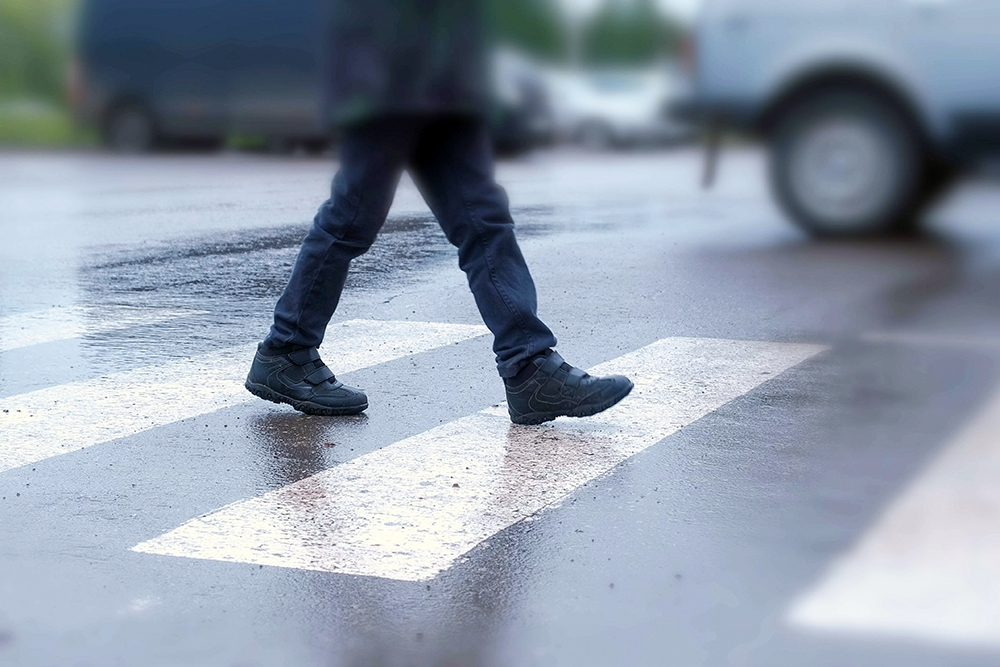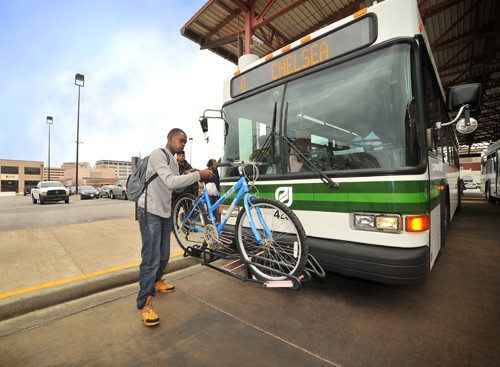A walk can be many things. You can have a lovely stroll in the woods on a nice autumn day; you could be going to a friend’s house to play or gossip; or, you may even walk just for walking’s sake. But for many folks, me included, walking is their one and only form of transportation — especially without buses and trolleys available.
The trolleys of Memphis used to run from East Memphis, near the college, all the way down to the river. Along the river, it ran the span of North to South Memphis. Nowadays, if you want to get through any of those neighborhoods, you either have to walk the length of the city or become car-dependent. The last remaining trolley, the Main Street Line, has been shut down by the city, and with it, accessibility for anyone without a car Downtown.
Honestly, Memphis is beautiful when you walk its streets. I have seen families growing up and trees blooming over the years. Infrastructure rising and falling. Businesses coming and going, new youthful energy rushing into those spaces like birds to their nests. But I’ve also seen the sidewalks get torn up from mismanagement. I’ve seen streetlights go dim and then finally off for good. And I’ve seen the rusting rails of our once magnificent trolley lines.
I could rant and rave of course about how frustrating it feels to be so closed-off from my communities, land-locked to Midtown. But even when I want to walk in the other areas of Memphis, it’s much more difficult than I remember. Out east and beyond, every road is meant for cars and traffic. Over by White Station, the intersection might as well be nonexistent. Forget trying to see a movie at Paradiso.
Downtown is almost no better. Constant construction means diverging pathways for any visitor to those streets, sometimes well out of the way of anywhere you want to go. And the only surprisingly easy pathway is along Tom Lee Park, by the bluffs. Credit where credit is due: The switchback installed by the city is one nice treat for any pedestrian. But god knows if you are disabled, that hill is still a nightmare.
Now, I feel like I should specify that when I say pedestrian I mean anyone who doesn’t drive or cannot drive. That includes my disabled neighbors. That includes my friends and family who shake behind the wheel of the car and realize that they’d be more a danger on the road than off it. That especially includes those who walk to combat climate change, to try our damndest to lower emission levels, even by a smidgen. For us, it feels like survival of the fittest on these streets.
My colleague Alyssa Wolf has a project she’s working on, researching the affordability of Memphis housing. One thing she’s included on her list is a “walk-score.” How close are you to the nearest stores; how rough is the terrain outside your home; how close are you to any other city infrastructure? Let’s just say, in her research, she has found more disappointment than relief.
What else can be said? I’m mad about how MATA got its funding cut. Mad about how the trolley lines sit there, unused. I used to live in Portland before moving back home. There was a lot I had trouble with in that city, but the trolleys and rails led everywhere. Trains connected the airport to Downtown to a suburb called Beaverton, their version of Germantown. I saw a future for Memphis’ public transportation.
Instead, the Memphis City Government has decided to, on November 3rd, eliminate five major routes. One of those routes is to and from the airport (Route 28). When I was a tutor, I took Route 50 to and from the sessions. Seeing that that route was not on the chopping block was a slight relief. But my heart goes out to the people who need the Southeast Circulator (16) and Winchester Route (69) to get from the Greyhound station to Downtown. Or those who live along the Perkins Route (37) who use it to get to and from their jobs like I once did. And then there’s the sister route to 50 along Central that I’m sure a lot of Cooper-Young residents and university students could rely on to get to and fro.
I am home, yet trapped in my town. So many of my fellow citizens are. It was agreeable with the bus routes (when buses would come) at the very least, but not ideal. I have only seen my city go backwards when it comes to how well it treats its citizens and especially its pedestrians, us unlucky few who simply want a good life. No matter what our reason to stroll, whether its to go to the store, get to work, or even to enjoy the day, we should be able to do it comfortably and safely.
William Smythe is a local writer and poet. He writes for Focus Mid-South, an LGBT+ magazine.


